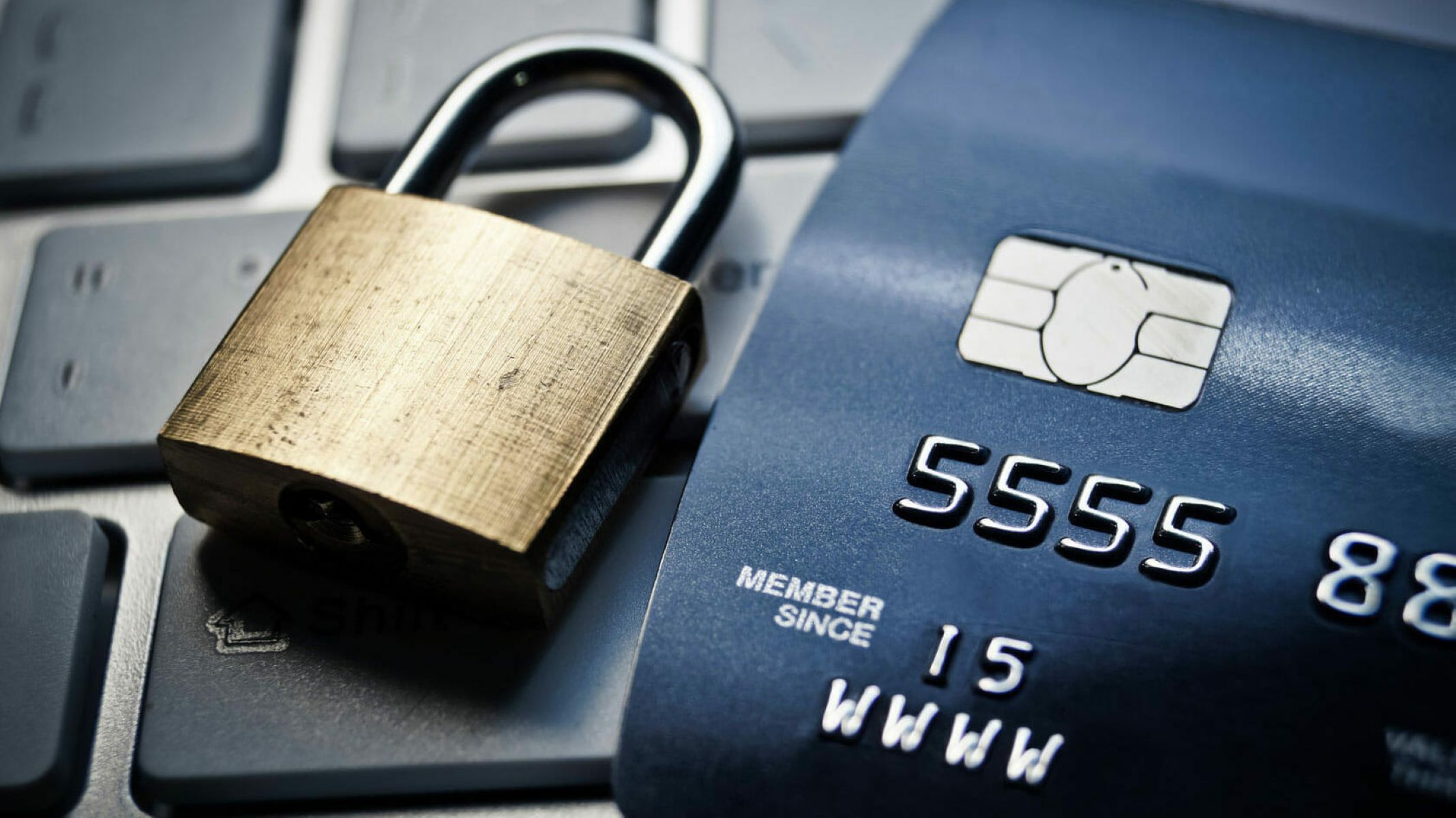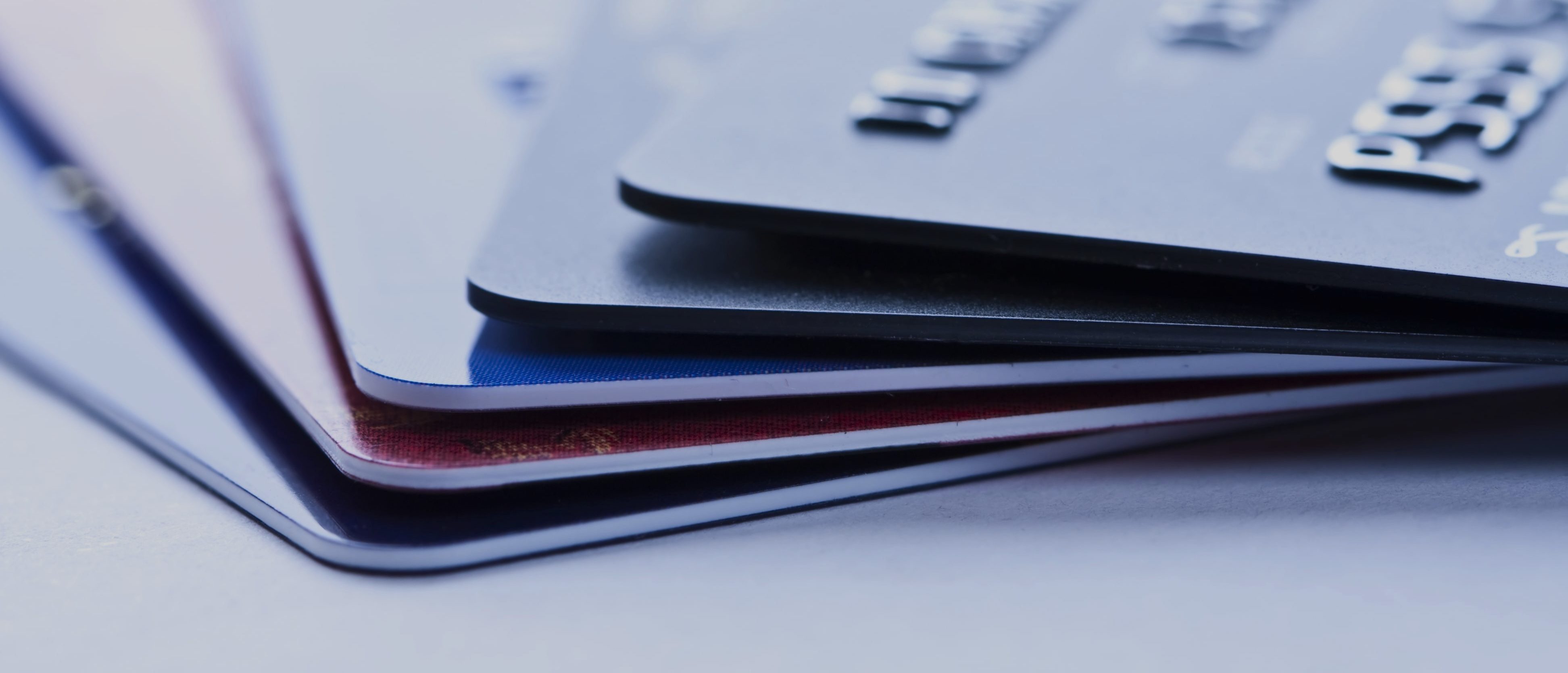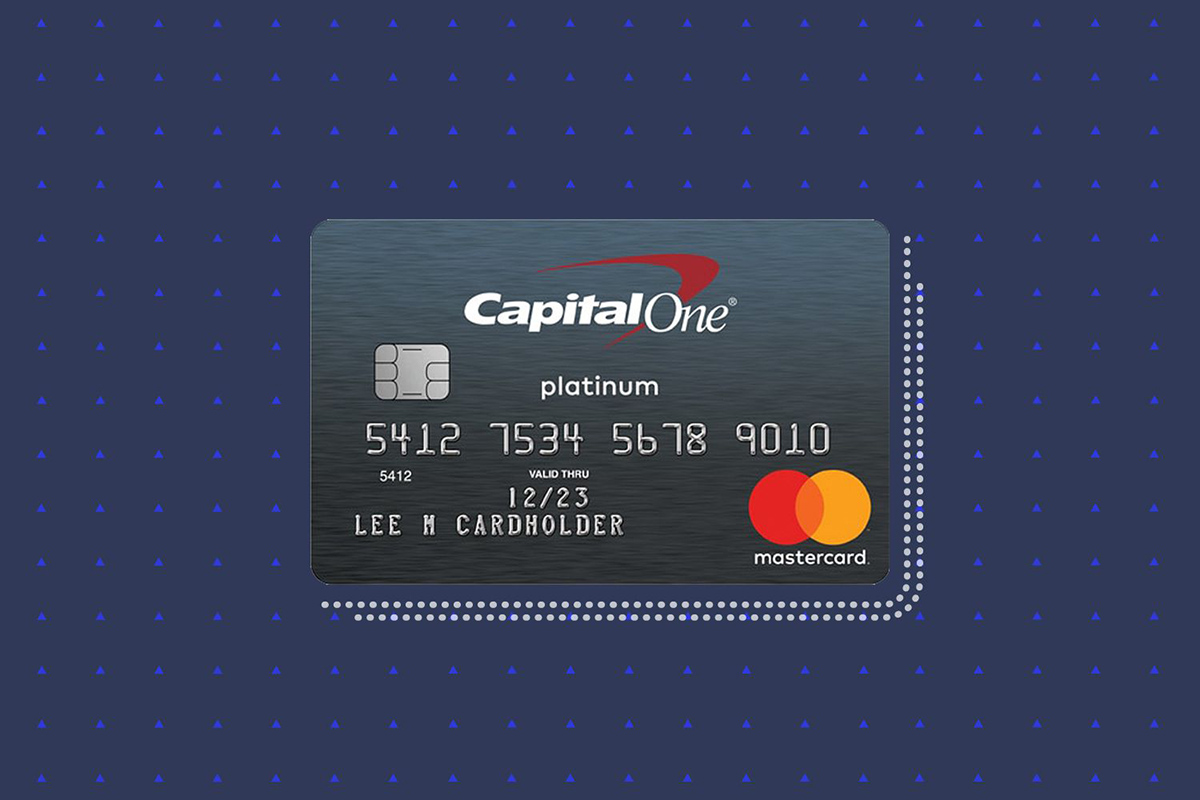

Finance
How To Increase Limit On Secured Credit Card
Modified: March 6, 2024
Looking to improve your finances? Discover effective strategies to increase the limit on your secured credit card and take control of your financial future now!
(Many of the links in this article redirect to a specific reviewed product. Your purchase of these products through affiliate links helps to generate commission for LiveWell, at no extra cost. Learn more)
Table of Contents
- Introduction
- Understanding Secured Credit Cards
- Factors Affecting Credit Limit
- Steps to Increase Credit Limit on Secured Credit Card
- Make Consistent and Timely Payments
- Increase Your Credit Score
- Request a Credit Limit Increase
- Provide Additional Collateral
- Consider Upgrading to an Unsecured Credit Card
- Conclusion
Introduction
Secured credit cards are an excellent tool for building or rebuilding your credit history. Unlike traditional credit cards, secured credit cards require a security deposit as collateral, which serves as protection for the lender in case of default. These cards are ideal for individuals with limited credit history or those who have a low credit score.
While secured credit cards offer numerous benefits, such as enabling you to make purchases and build credit, one common concern among users is the credit limit. The credit limit on a secured credit card is typically equal to the amount of the security deposit, which can be a barrier for those looking to make larger purchases or improve their credit utilization ratio.
Fortunately, there are actionable steps you can take to increase the credit limit on your secured credit card. In this article, we will explore these steps and provide guidance on how to effectively raise your credit limit, giving you more financial flexibility and a higher credit score in the long run.
Understanding Secured Credit Cards
Secured credit cards are a type of credit card that require a security deposit as collateral. This deposit is a one-time payment made by the cardholder to the credit card issuer and serves as a safety net in case the cardholder defaults on their payments. The security deposit is typically equal to the credit limit of the card.
Secured credit cards function similarly to traditional credit cards, allowing users to make purchases, withdraw cash, and build credit. However, unlike traditional credit cards, the credit line is backed by the security deposit, making it a less risky option for lenders.
These cards are commonly used by individuals with limited credit history, those who are rebuilding their credit after financial difficulties, or individuals who have been denied traditional credit cards. By using a secured credit card responsibly, cardholders have the opportunity to build or repair their credit history and potentially qualify for unsecured credit cards in the future.
It’s important to note that secured credit cards may have higher interest rates and annual fees compared to traditional credit cards due to the increased risk associated with providing credit to individuals with limited credit history or poor credit scores. However, over time, responsible use of a secured credit card can lead to improved credit history and increased financial opportunities.
Factors Affecting Credit Limit
The credit limit on a secured credit card is determined by several factors, including:
- Credit Score – Your credit score plays a significant role in determining your credit limit. Lenders consider your credit score as an indication of your creditworthiness. Higher credit scores often result in higher credit limits.
- Income – Your income level is another key factor in determining your credit limit. Lenders assess your ability to repay your outstanding balances based on your income. Higher income levels may result in higher credit limits.
- Security Deposit – The credit limit on a secured credit card is typically equal to the security deposit you provide. If you make a larger security deposit, you may be eligible for a higher credit limit.
- Credit Utilization Ratio – The credit utilization ratio is the percentage of your available credit that you are using. Lenders prefer to see a lower utilization ratio, as it indicates responsible credit management. Keeping your credit utilization low can increase your chances of having a higher credit limit.
- Payment History – Lenders assess your payment history to determine your creditworthiness. Consistently making timely payments on your secured credit card can help build trust with the lender and potentially lead to a higher credit limit.
- Length of Credit History – The length of your credit history also plays a role in determining your credit limit. If you have a longer credit history with a positive payment record, you may be considered for a higher credit limit.
It’s essential to understand these factors and how they can impact your credit limit. By actively managing these factors, you can increase the likelihood of securing a higher credit limit on your secured credit card.
Steps to Increase Credit Limit on Secured Credit Card
Increasing the credit limit on your secured credit card can provide you with more financial flexibility and improve your credit utilization ratio. Here are the steps you can take to potentially increase your credit limit:
- Make Consistent and Timely Payments: One of the most important factors in determining your credit limit is your payment history. Consistently making your payments on time demonstrates responsible credit management and can increase the likelihood of a credit limit increase. Set up automatic payments or reminders to ensure you never miss a payment.
- Increase Your Credit Score: Improving your credit score can enhance your chances of receiving a higher credit limit. Focus on paying down your existing debt, making all your payments on time, and keeping your credit utilization ratio low. Over time, as your credit score improves, you may be eligible for a credit limit increase.
- Request a Credit Limit Increase: Contact your secured credit card issuer and inquire about their credit limit increase policies. Some issuers automatically review your account for credit limit increases, while others require you to request one. Be prepared to provide information about your income, payment history, and any improvements to your credit score.
- Provide Additional Collateral: If you are looking for a substantial increase in your credit limit, you may consider providing additional collateral. Contact your card issuer to inquire about this option. By increasing your security deposit, you may be able to secure a higher credit limit.
- Consider Upgrading to an Unsecured Credit Card: Once your credit score and financial situation have improved, you can explore the possibility of upgrading to an unsecured credit card. Unsecured credit cards do not require a security deposit and generally come with higher credit limits. Contact your card issuer to discuss your eligibility for an upgrade.
Remember, increasing your credit limit is not guaranteed and depends on various factors. It’s crucial to practice responsible credit habits and regularly review your credit situation to improve your chances of a credit limit increase on your secured credit card.
Make Consistent and Timely Payments
One of the most effective ways to increase the credit limit on your secured credit card is to make consistent and timely payments. This demonstrates to the credit card issuer that you are a responsible borrower and can be trusted with a higher credit limit. Here are some tips to help you achieve this:
- Create a Budget: Start by creating a monthly budget that outlines your income and expenses. This will help you understand how much you can afford to pay towards your credit card balance each month.
- Set Up Automatic Payments: Consider setting up automatic payments for your secured credit card. This ensures that you never miss a payment and helps you maintain a positive payment history.
- Pay More Than the Minimum Payment: Whenever possible, try to pay more than the minimum payment due. By paying more, you can reduce your outstanding balance faster and show the credit card issuer that you are actively managing your credit.
- Avoid Late Payments: Late payments not only incur fees and interest charges but can also have a negative impact on your credit history and credit score. Make it a priority to pay your credit card bill on or before the due date.
- Pay Off Balances in Full: If you can afford it, aim to pay off your credit card balance in full each month. This not only saves you from paying interest charges but also demonstrates responsible credit management to the credit card issuer.
- Monitor Your Credit Card Activity: Regularly review your credit card statements to ensure there are no fraudulent charges or errors. Keeping track of your activity helps you stay on top of your payments and detect any issues early on.
By making consistent and timely payments on your secured credit card, you are building a positive payment history and establishing trust with the credit card issuer. This can increase your chances of securing a higher credit limit in the future.
Increase Your Credit Score
Improving your credit score is an essential step towards increasing the credit limit on your secured credit card. A higher credit score not only indicates your creditworthiness but also demonstrates your ability to handle credit responsibly. Here are some strategies to help you increase your credit score:
- Pay Your Bills on Time: Late payments can have a significant negative impact on your credit score. Make it a priority to pay all your bills, including your secured credit card payment, on time.
- Pay Down Debt: High credit card balances can negatively affect your credit score. Focus on paying down your existing debt, starting with balances that have the highest interest rates.
- Keep Credit Utilization Low: Credit utilization refers to the amount of available credit you are using. Aim to keep your credit utilization below 30% to demonstrate responsible credit management.
- Monitor Your Credit Report: Regularly review your credit report and dispute any errors or inaccuracies. Keeping tabs on your credit report helps you identify areas for improvement and track your progress.
- Build a Mix of Credit: Having a diverse credit portfolio, including credit cards, loans, and mortgages, can positively impact your credit score. However, be cautious about taking on too much debt.
- Establish a Longer Credit History: Time is a factor in building a strong credit score. If you’re new to credit, be patient and continue practicing responsible credit habits to establish a longer credit history.
- Avoid Opening Too Many New Accounts: Opening multiple new credit accounts within a short period can raise concerns for lenders and temporarily lower your credit score. Only apply for new credit when necessary.
Improving your credit score takes time and effort, but the benefits are well worth it. A higher credit score not only increases your chances of a credit limit increase on your secured credit card but can also open doors to better financing opportunities in the future.
Request a Credit Limit Increase
If you’ve been using your secured credit card responsibly and have demonstrated good payment habits, you can take the proactive step of requesting a credit limit increase from your card issuer. Here’s how you can go about it:
- Contact Your Card Issuer: Reach out to your secured credit card issuer and inquire about their credit limit increase policies. You can usually find their contact information on their website or on the back of your credit card.
- Provide Relevant Information: When contacting your card issuer, be prepared to provide information about your income, employment status, payment history, and any significant improvements in your credit score. This information will help the issuer assess your eligibility for a credit limit increase.
- Emphasize Responsible Credit Use: Highlight your responsible credit habits, such as making consistent and timely payments, keeping your credit utilization low, and maintaining a positive payment history. Demonstrating your responsible use of credit will strengthen your case for a credit limit increase.
- Be Realistic: When requesting a credit limit increase, be realistic about your expectations. The issuer will consider factors such as your credit history, income, and current credit limit when determining the increase. It’s important to note that a credit limit increase is not guaranteed.
- Follow Up: If your initial request for a credit limit increase is denied, don’t be disheartened. Ask the card issuer for feedback on why your request was denied and what steps you can take to improve your eligibility in the future. Persistency and continued responsible credit management may increase your chances of a credit limit increase in the future.
Requesting a credit limit increase demonstrates your proactive approach and commitment to improving your creditworthiness. Even if your request is not immediately granted, it is a valuable opportunity to learn more about your current credit standing and what you can do to strengthen your case for a credit limit increase in the future.
Provide Additional Collateral
If you’re looking for a substantial increase in your credit limit on a secured credit card, you may have the option to provide additional collateral to your card issuer. Here’s how you can go about this process:
- Contact Your Card Issuer: Reach out to your secured credit card issuer and inquire about the possibility of providing additional collateral for a credit limit increase. The issuer will be able to provide you with information on their specific policies and requirements.
- Understand the Requirements: The card issuer may have specific criteria for accepting additional collateral. This could include a minimum amount or specific types of collateral, such as cash, a savings account, or a certificate of deposit (CD).
- Evaluate the Risks: Before providing additional collateral, it’s important to assess the risks involved. Understand that the collateral you provide may be subject to forfeiture in the event of default on your credit card payments. Consider whether you are comfortable with this level of risk.
- Provide the Additional Collateral: If you decide to proceed, follow the instructions provided by your card issuer to provide the additional collateral. This may involve depositing the required amount into a specific account or providing documentation of the collateral.
- Wait for a Credit Limit Increase: Once you have provided the additional collateral, the card issuer will review your request and assess your eligibility for a credit limit increase. The increase will typically be based on the value of the collateral provided.
- Monitor Your Credit Usage: After receiving a credit limit increase, it’s crucial to continue using your credit card responsibly. Avoid maxing out your credit limit or carrying high balances, as this can impact your credit score and financial stability.
Providing additional collateral can be a strategic move to secure a higher credit limit on your secured credit card. However, it’s important to carefully consider the risks and requirements before proceeding. Speak with your card issuer to fully understand the terms and conditions associated with providing additional collateral.
Consider Upgrading to an Unsecured Credit Card
As you progress in your credit journey and demonstrate responsible credit habits with your secured credit card, it’s worth considering the possibility of upgrading to an unsecured credit card. Here are the steps to consider when making this transition:
- Assess Your Eligibility: Review your credit score, payment history, and overall financial situation to determine if you are eligible for an unsecured credit card. Many lenders require a minimum credit score and positive credit history for approval.
- Research Unsecured Credit Card Options: Research different unsecured credit card options available to you. Compare their terms, fees, interest rates, rewards programs, and credit limits. Look for a card that aligns with your financial goals and needs.
- Apply for an Unsecured Credit Card: Once you have determined the most suitable unsecured credit card, complete the application process. Be prepared to provide information about your income, employment, and current credit card accounts.
- Close or Convert Your Secured Credit Card: If your application for an unsecured credit card is approved, you will need to decide whether to close your secured credit card account or convert it to an unsecured version offered by the same issuer. Consider the potential impact on your credit history and utilization ratio before making a decision.
- Use Your Unsecured Credit Card Responsibly: Upon receiving your new unsecured credit card, use it responsibly. Make consistent, timely payments, keep your credit utilization low, and monitor your credit activity regularly.
- Monitor Your Credit Score: As you transition to an unsecured credit card, keep a close eye on your credit score. Responsible use of your new card can help maintain or even improve your credit score over time.
Upgrading to an unsecured credit card allows you to enjoy higher credit limits, potentially better rewards programs, and more financial flexibility. However, it’s important to note that eligibility for an unsecured credit card depends on various factors, including your credit history, income, and overall financial health.
Before applying for an unsecured credit card, assess your readiness and research your options thoroughly. Transitioning to an unsecured credit card can be a significant milestone in your credit journey and open doors to even more financial opportunities.
Conclusion
Increasing the credit limit on your secured credit card is a goal that can provide you with greater financial flexibility and help you build a stronger credit history. By following the steps outlined in this article, you can improve your chances of securing a higher credit limit and improving your overall creditworthiness.
Start by making consistent and timely payments on your secured credit card. This demonstrates responsible credit management and builds trust with the card issuer. Additionally, work on improving your credit score by paying down debt, keeping your credit utilization low, and maintaining a positive payment history.
If you feel ready, don’t hesitate to reach out to your card issuer and request a credit limit increase. Provide them with necessary information such as your income and improved credit score to support your request. Alternatively, explore the possibility of providing additional collateral to secure a higher credit limit.
As you continue to practice responsible credit habits and build a stronger credit history, consider upgrading to an unsecured credit card. This transition can offer higher credit limits, more attractive rewards programs, and greater financial opportunities.
Remember, building credit takes time and patience. The key is to be consistent, disciplined, and proactive in managing your credit. By doing so, you can enjoy the benefits of a higher credit limit and pave the way towards a brighter financial future.














